Ninja Gaiden Black is my favorite action game of all time, so if you describe something as “a hybrid slasher/shooter from the makers of Ninja Gaiden” like Wanted: Dead does on the back of its box, you’ve got my both attention and hopes up right out of the gate. But as quick as they rose, they fell even faster, because Wanted: Dead is a bad game even removed from any comparison to Ninja Gaiden. Its story is nonsense, the voice acting is some of the worst I’ve heard in a modern game, its difficulty is all over the place, it frequently crashes, and even though its combat is the best part, it still feels sluggish and poorly balanced between your ranged and melee options. If you look super closely, you can see tiny bits of some of the ideas that went into the Ninja Gaiden games, from quick and satisfying executions to dismemberment that affects the behavior of enemy AI. But those small sparks aren’t enough to save what is otherwise a soulless throwback to the many mediocre action games of the mid to late 2000s.
Wanted: Dead’s story takes place in Hong Kong and follows the Zombie Squad, a Suicide Squad-esque police task force made up of former military that wound up in prison with a life sentence for one reason or another and joined the squad as a form of rehabilitation. Despite the fact that there is a weird abundance of scenes in between missions where Zombie Squad is together just hanging out (usually eating food), there is zero chemistry between these characters. I can’t even tell you much about them outside of the fact that Herzog is a creep, Doc is super awkward, Cortez only communicates with sign language, and the player character, Lieutenant Stone, has confusing anime flashbacks with no context. Finding personnel files illuminates a little more about each character, like the fact that Herzog is “an extreme lover of women” with “The Beast” as his nickname, and Doc got expelled from med school for liking drugs and wild parties, though most of the rest of these files are copied and pasted between each character.
It all has the vibe of a Suda51 game like No More Heroes, Lollipop Chainsaw, or Killer is Dead but without any of the style or charm that goes into them. It doesn’t lean into its silliness hard enough, and as a result, the tone feels confused. It’s a gritty slasher/shooter that will throw you into an off the wall karaoke performance of 99 Luftballons out of nowhere, or pit you against your squadmate in an eating competition after learning about the history of ramen and its Chinese roots. It’s bizarre, but the kind that makes me tilt my head rather than laugh at the absurdity. The voice acting is also poor without ever having the charm to at least be considered endearingly campy. I had a hard time following what characters were actually talking about because it felt like the actors never really had a grasp of what they were talking about themselves.
A Dull Blade
I can forgive an action game of a lot if the action itself makes up for those shortcomings, and while Wanted: Dead’s combat is the best part about it, it’s far too one-note to save the rest of this sinking ship. Its fundamentals are at least pretty sound: The animations look great, there’s some satisfaction to the gory sword play, and for the first hour or so, it feels good to parry enemy attacks, liberate some limbs, and see some stylish executions. The issue is that it never really evolves beyond that base over the roughly eight hour campaign.
I could buy new skills from a very limited skill tree, but none of them ever felt like they affected my approach to combat. Most either felt like skills of convenience that I should’ve had from the start, like a dashing attack or the ability to use an execution on a downed or limbless enemy, or they were necessary power ramps that felt virtually required just to be able to survive the later encounters, like more stimpacks or flat increases of damage and defense. Nothing ever made me better at defeating specific enemy types or gave me a new way to deal with any particular threat, let alone a reason to use anything other than the same combo that I’d been using since the start. There are no air combos, practically no learnable special attacks outside of a nearly useless charge attack and the aforementioned dashing attack, and no new melee weapons beyond the starting katana. Put simply, Wanted: Dead’s combat is pasta with no sauce.
Put simply, Wanted: Dead’s combat is pasta with no sauce.As a result, the combat grew stale after the second level, and became a chore for the remaining three. It doesn’t help that the enemy AI and variety in Wanted: Dead is terrible. They can basically be boiled down into five archetypes: Weak ranged grunts, weak melee grunts, shield dudes, ninjas, and big boy brutes. While there are some slight variations within those archetypes, they all pretty much behave the same. Once I learned the parry timings, combat essentially just became a game of taking turns. I’d attack until the enemy parried, wait to parry their attacks, and then either die or attack until they parry again. Lather, rinse, repeat.
For those looking for a challenge, at the very least Wanted: Dead does provide that, but it does so in all the wrong ways. For starters, the checkpointing is atrocious. I frequently found myself playing for 10-15 minutes without hitting a checkpoint in a single level, and worse still, some of these stretches were capped off with what are essentially miniboss fights – that meant I wouldn’t even get a shot at trying again without retracing my steps through the same 10-15 minutes of enemy encounters if I died. This is especially bad in a game that’s so reliant on learning enemy rhythms and attack patterns.
The most damning thing, however, is that Lieutenant Stone feels super weak to play as throughout the entire campaign despite the fact that she is supposed to be some badass super cop. She can use guns, but most enemies are bullet sponges that take forever to kill; she can throw grenades, but you can’t cook them, so your foes will almost always dive out of the way; she can’t block bullets, she dies in just a few hits, and she needs to purchase upgrades to do basic things, like blocking more than one strike at a time or attacking after a perfectly timed parry.
Wanted: Dead’s combat is pasta with no sauceThere are isolated moments where Wanted: Dead does briefly come to life. The third level begins with a cool encounter where it tries to overwhelm you with a bunch of weak enemies that die in just one or two hits, which acts a great showcase for the exciting super move Lieutenant Stone can use to chain executions together, much like Ryu Hayabusa could do in Ninja Gaiden 3. And while it’s super janky to look at, there’s another fun moment where you’re given a chainsaw in a hedge maze, chopping up enemies as you round the corners. Wanted: Dead desperately needed more moments like these to break up the monotony, but sadly they are few and far between. It also doesn’t help that even good moments could be soured by a tendency to crash repeatedly while I played on PlayStation 5.
.jpg/BROK/resize/1920x1920>/format/jpg/quality/80/So-May-It-Be-(2).jpg”></p><p>I am loving all the magical witchy games we’ve been covering for <a href=) RPS Magic Week, but I wanna learn how to actually be a witch, you know? I wanna learn the witchy ways, and not just from some not-so-well informed TikToks.
RPS Magic Week, but I wanna learn how to actually be a witch, you know? I wanna learn the witchy ways, and not just from some not-so-well informed TikToks.
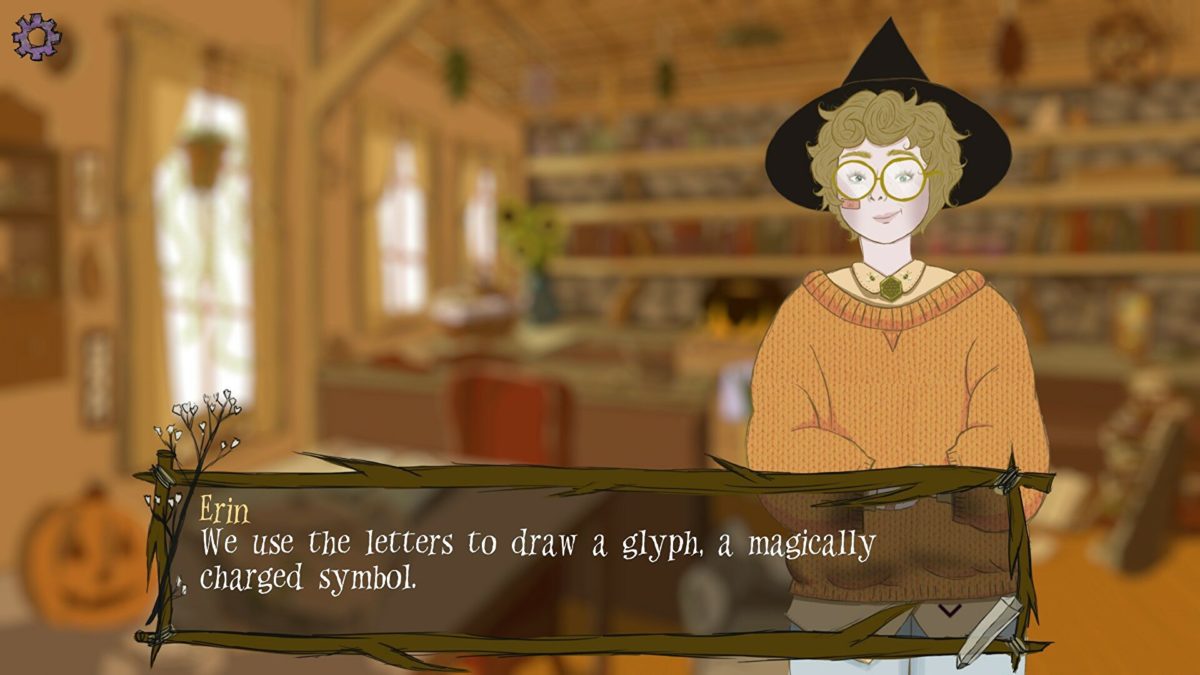
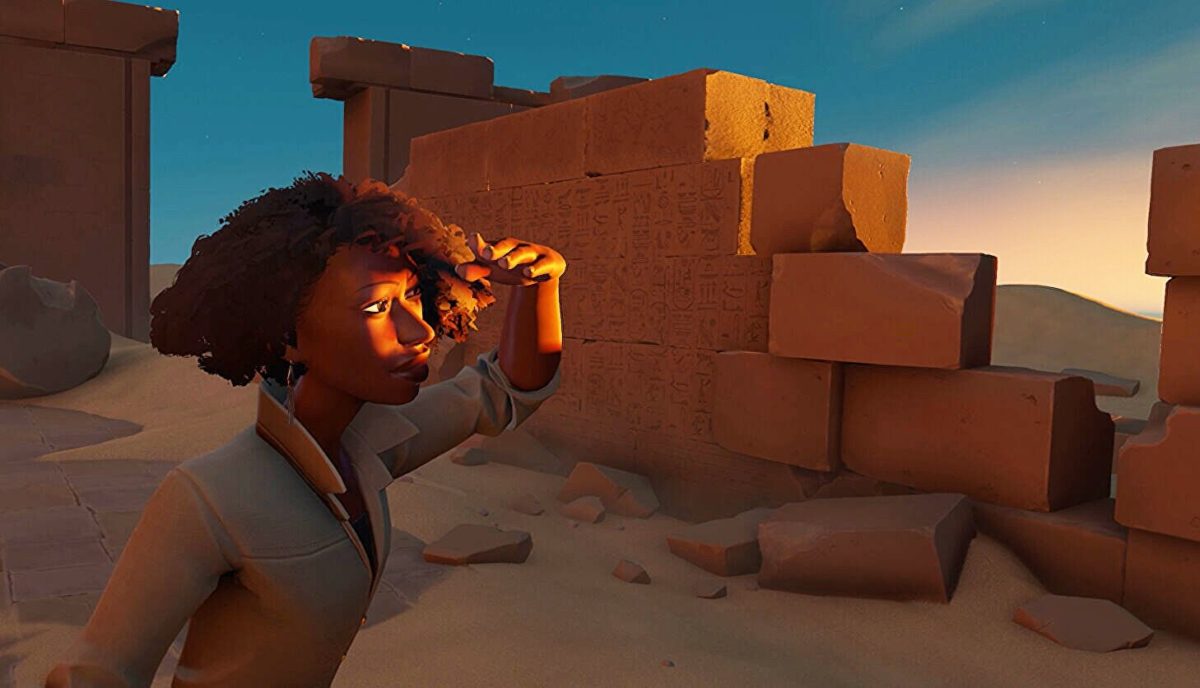
 Firewatch devs announced their tomb-raiding adventure,
Firewatch devs announced their tomb-raiding adventure, 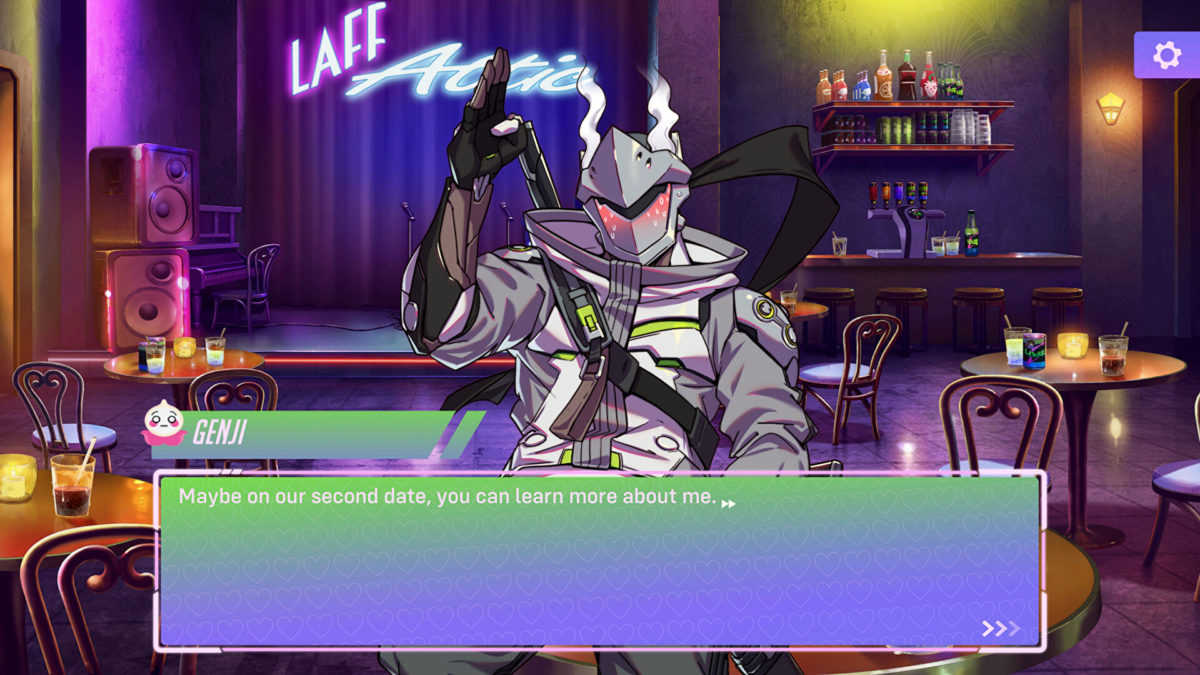
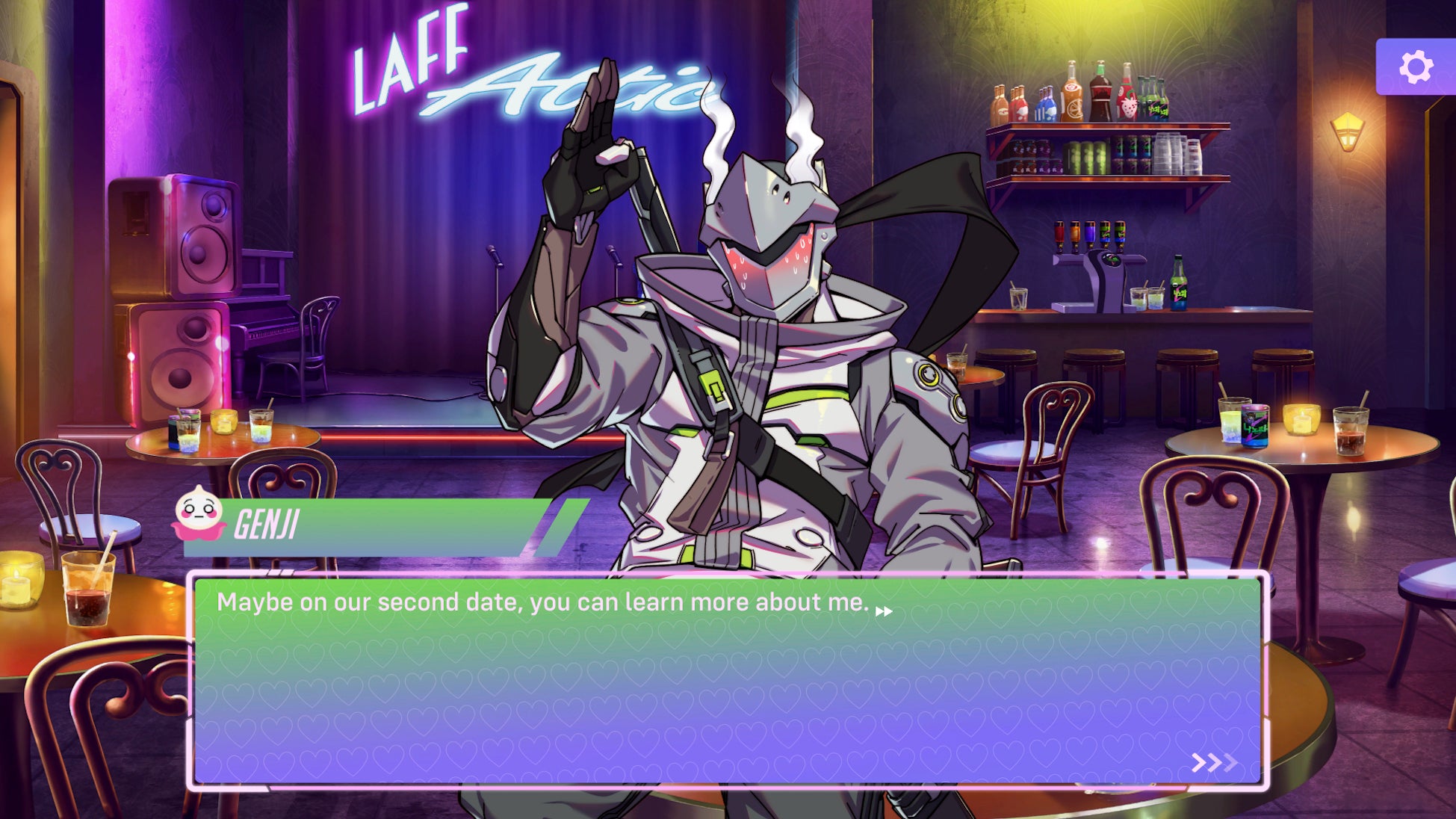 Overwatch 2’s third season is well underway, adding
Overwatch 2’s third season is well underway, adding 



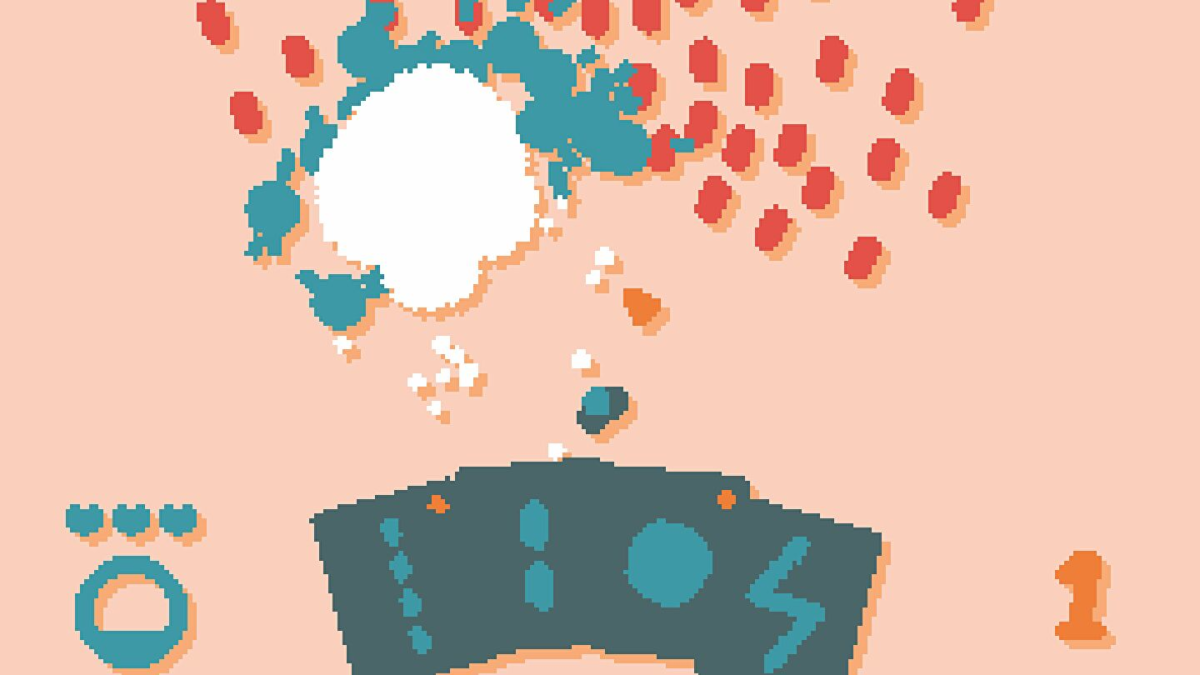
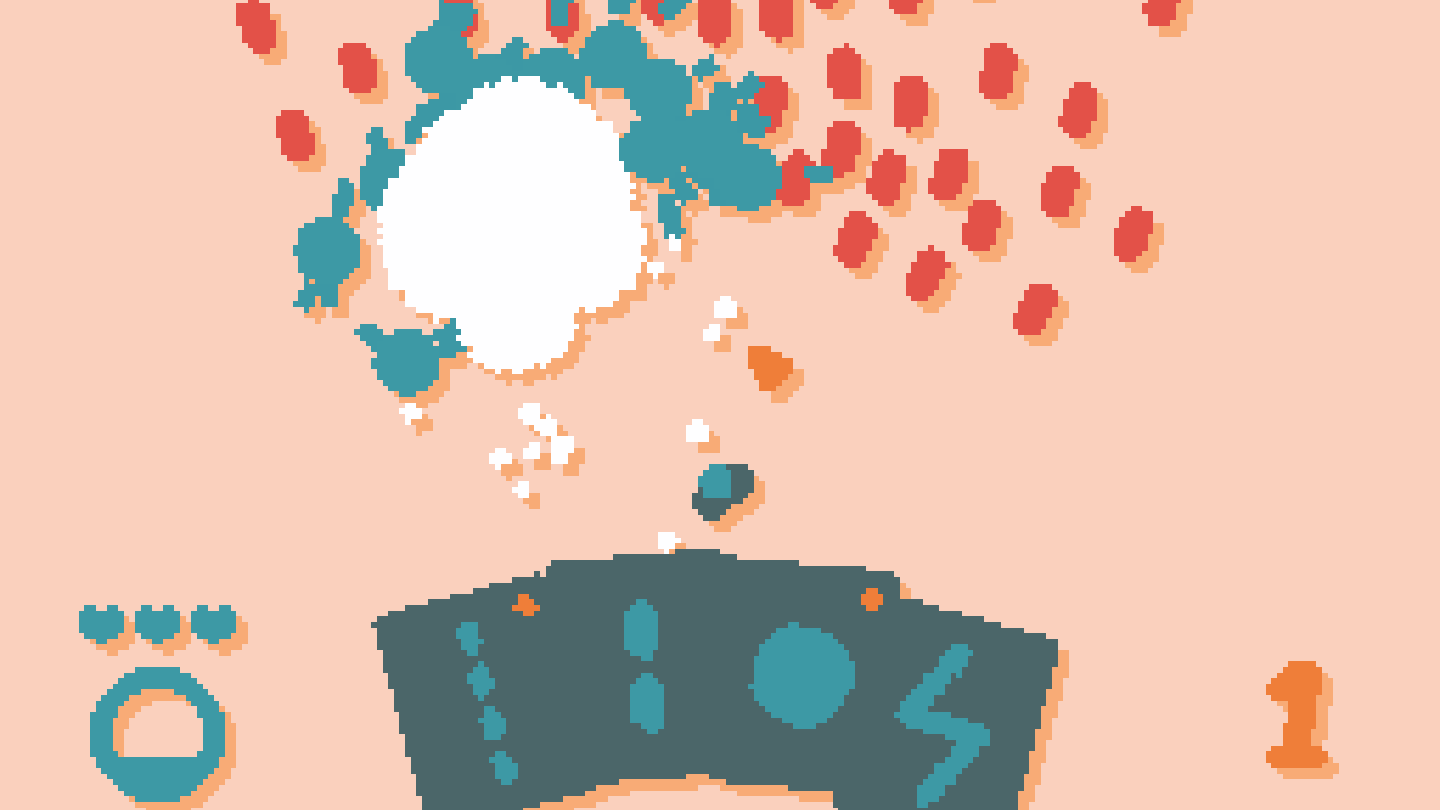 play for free right now in your browser on Itch.io. As you face down endless enemies, you draw and play cards representing individual attacks and power-ups, drafting new and more powerful cards as you level up. I dig it! In another time, this might have been a wee hit Flash game on Newgrounds.
play for free right now in your browser on Itch.io. As you face down endless enemies, you draw and play cards representing individual attacks and power-ups, drafting new and more powerful cards as you level up. I dig it! In another time, this might have been a wee hit Flash game on Newgrounds.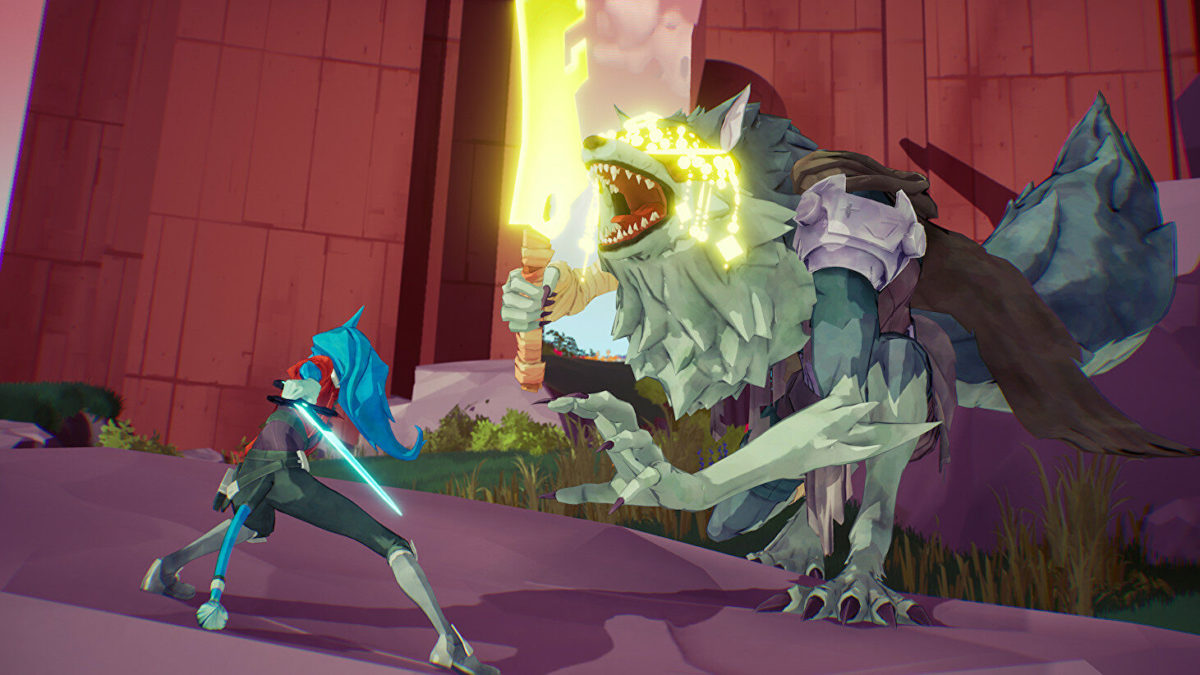
 Last year, developer Heart Machine announced
Last year, developer Heart Machine announced